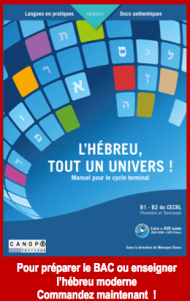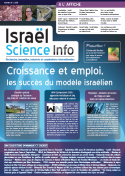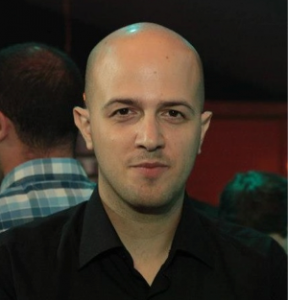On December, 27 2016 by Israël Science Info desk
PhD student Snir Cohen of Ben Gurion University of the Negev is associated to this research. The spectrum of the hydrogen atom has played a central part in fundamental physics in the past 200 years. Historical examples of its significance include the wavelength measurements of absorption lines in the solar spectrum by Fraunhofer, the identification of transition lines by Balmer, Lyman et al., the empirical description of allowed wavelengths by Rydberg, the quantum model of Bohr, the capability of quantum electrodynamics to precisely predict transition frequencies, and modern measurements of the 1S–2S transition by Hänsch1 to a precision of a few parts in 1015. Recently, we have achieved the technological advances to allow us to focus on antihydrogen—the antimatter equivalent of hydrogen2,3,4. The Standard Model predicts that there should have been equal amounts of matter and antimatter in the primordial Universe after the Big Bang, but today’s Universe is observed to consist almost entirely of ordinary matter. This motivates physicists to carefully study antimatter, to see if there is a small asymmetry in the laws of physics that govern the two types of matter. In particular, the CPT (charge conjugation, parity reversal, time reversal) Theorem, a cornerstone of the Standard Model, requires that hydrogen and antihydrogen have the same spectrum. Here we report the observation of the 1S–2S transition in magnetically trapped atoms of antihydrogen in the ALPHA-2 apparatus at CERN. We determine that the frequency of the transition, driven by two photons from a laser at 243 nm, is consistent with that expected for hydrogen in the same environment. This laser excitation of a quantum state of an atom of antimatter represents a highly precise measurement performed on an anti-atom. Our result is consistent with CPT invariance at a relative precision of ~2 × 10−10.
Publication in Nature December 19th 2016




















